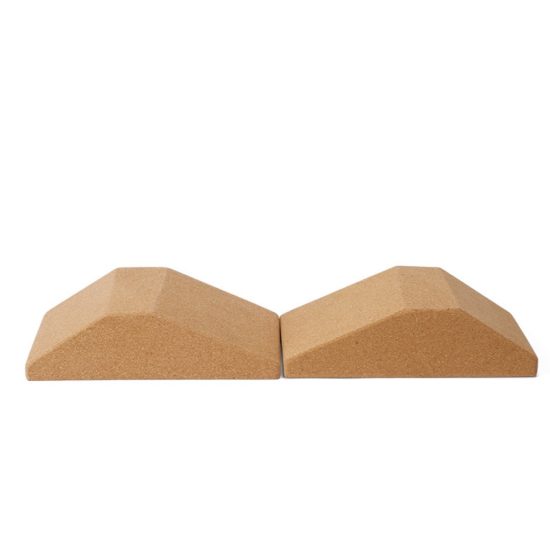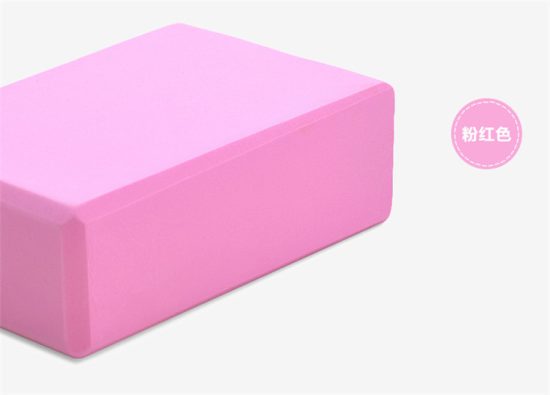Yoga blocks can be powerful tools for maximizing flexibility by providing support and assisting you in achieving deeper stretches. Here’s a guide on how to use yoga blocks to enhance your flexibility:
- Warm-Up:
- Before incorporating blocks into your practice, ensure you’ve warmed up adequately. Warm muscles are more receptive to stretching.
- Use Blocks in Standing Poses:
- In standing poses like Forward Fold or Pyramid Pose, place blocks under your hands to bring the floor closer. This helps stretch the hamstrings and lower back while maintaining proper alignment.
- Seated Forward Bends:
- Sit on a block during seated forward bends like Paschimottanasana. This elevates the hips, making it easier to hinge at the hips and reach forward with a straight spine.
- Lunges and Hip Flexor Stretches:
- Incorporate blocks in lunges and hip flexor stretches. Place blocks under your hands in low lunge or under the front foot in lizard pose to deepen the stretch in the hips.
- Pigeon Pose Modification:
- Modify Pigeon Pose by placing a block under your hip in the extended leg. This supports the hips and allows for a more gradual opening of the hip flexors.
- Supported Splits:
- Use blocks to support your hands in the low lunge position to ease into splits gradually. This modification provides stability and reduces strain.
- Chest and Shoulder Openers:
- Enhance chest and shoulder openers like Camel Pose or Bridge Pose by placing blocks under your hands. This allows you to focus on the upper body without compromising stability.
- Quad Stretch:
- Lie on your stomach and bend one knee, bringing the foot towards the glutes. Place a block under your bent knee to deepen the stretch in the quadriceps.
- Supported Backbends:
- Experiment with blocks in backbends like Bridge Pose or Wheel Pose. Placing blocks under your hands or between the shoulder blades provides support and encourages a gradual opening of the chest and spine.
- Use Blocks in Yin Yoga:
- Incorporate blocks into Yin Yoga poses, holding gentle stretches for an extended period. This allows the muscles and connective tissues to release and lengthen over time.
- Gentle Modifications:
- Make gentle modifications using blocks in any pose where you feel tightness. This might include using blocks under your hands or forearms in Downward-Facing Dog or using them to support your hips in a seated twist.
- Consistent Practice:
- Consistency is key to improving flexibility. Regularly integrating blocks into your practice, especially in areas where you feel tight, can gradually lead to increased flexibility over time.
Remember to breathe deeply and relax into each stretch. It’s crucial to listen to your body and avoid pushing yourself too hard. Flexibility gains take time and patience, so enjoy the process and celebrate small improvements along the way.


